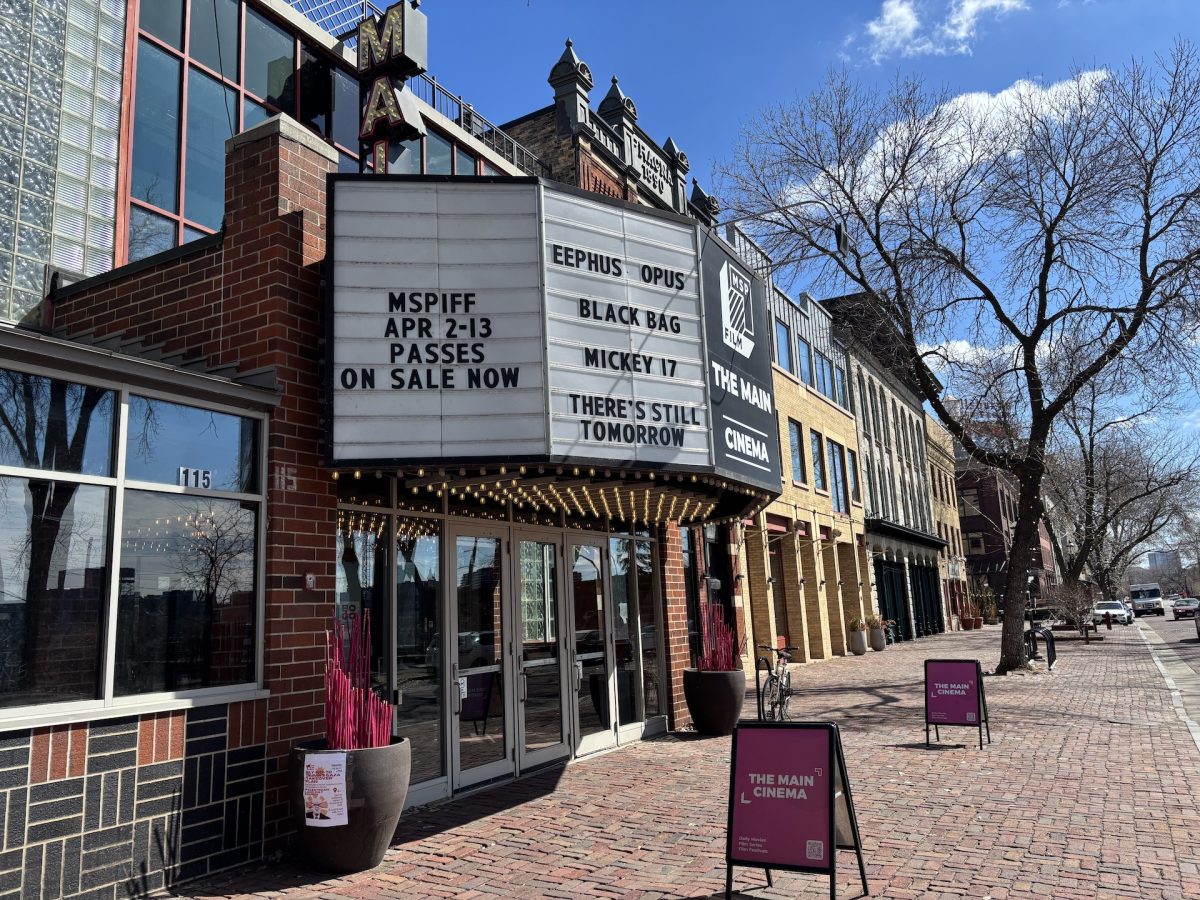In 1990, David Lynch and Mark Frost transformed television with the question, “Who killed Laura Palmer?”
Not only was this the driving mystery of the indefinable series “Twin Peaks,” this question also cemented Lynch’s place in film history. Many attribute the modern television series to “Twin Peaks,” crediting Lynch with the revival of a stale medium.
To the excitement of its cult following, “Twin Peaks” returned to Showtime on May 21 after a 27-year hiatus.
The show, as well as the rest of Lynch’s oeuvre, has been described as surreal, macabre, comical, neo-noir — the list is endless. In addition to bending genres, Lynch makes a habit of recycling mysterious archetypes like jazz, vaudeville and physical deformity.
Though it’s nearly impossible to hash out what makes a Lynch film “Lynchian,” here’s a look at the David Lynch filmography through the years.
The Beginning (1977 – ’80)
Two films mark the start of Lynch’s career in feature-length filmmaking — “Eraserhead” and “The Elephant Man.”
“Eraserhead,” made in 1977, was Lynch’s first feature. It has been described as horror, but the movie struggles under this definition. Detailing a man caring for his deformed child in an industrial landscape, “Eraserhead” is heavily populated with the surreal dreams of its main character.
After “Eraserhead,” Lynch made “The Elephant Man” in 1980, a drama set in London about a severely deformed man used to make money in a freak show and a surgeon (Anthony Hopkins) who takes pity on him.
“The Elephant Man” was nominated for several Academy Awards, and prompted the creation of an Oscar for “Best Makeup.” Like “Eraserhead,” the black-and-white film features surreal dream imagery and eccentric yet undeniably human characters.
The ‘80s
After “The Elephant Man,” Lynch was hired to bring the science fiction epic “Dune” to the silver screen. The film is widely considered a failure, and Lynch claims his creativity was stifled during production.
However, two years later, Lynch released “Blue Velvet,” a crime neo-noir about a curious teen (Lynch’s stalwart actor, Kyle MacLachlan) who finds himself caught up in a web of kidnapping and crooked cops.
“Blue Velvet” is now considered one of the greatest films of the decade, but was criticized for its violence and sexuality upon release.
However, the film shows the beginning of Lynch’s exploration into small town life and its quirks and secrets.
“Twin Peaks” first two seasons
In 1990, Lynch took his peculiar style to television. “Twin Peaks” follows an FBI agent who travels to a small town in Washington to investigate the brutal murder of homecoming queen Laura Palmer.
In many ways, “Twin Peaks” is Lynch’s magnum opus, combining the surrealist dreamscapes of his earlier films with the film-noir crime plot of “Blue Velvet.”
As always, “Twin Peaks” features Lynch’s memorable and strange characters, and the show balances its dark premise with odd humor and the bright disposition of Special Agent Dale Cooper (also played by MacLachlan).
Post “Twin Peaks”
In the decades that followed his monumental television series, Lynch continued to explore filmmaking and push into new genres. “The Straight Story,” is notable among these — a true story about a World War II veteran who travels for six weeks on his lawnmower to visit his estranged brother.
The film is one of the lightest in Lynch’s canon, devoid of murder plots and psychosexual fantasies. Instead, it’s filled with the upbeat attitude of a man with nothing to lose and the disconnected dialogue of characters usually only half-listening to each other. This film was received well by both critics and audiences.
Only two years after “The Straight Story,” Lynch returned to his roots with “Mulholland Drive,” another surrealist crime film with an unconventional timeline.
The film feels like Lynch’s recap of his time in Hollywood, with its intense highs and lows, its erotic fascination and labyrinth of time and plots.
“Twin Peaks: The Return”
So far, four of “The Return”’s 18 parts are available on Showtime. In these four parts, “Twin Peaks” fans get to see a modern David Lynch, old characters and new strands of plot.
For someone who isn’t familiar with “Twin Peaks,” the new additions will likely be funny, terrifying and incomprehensible. For those who have followed the series closely, the new additions will likely be funny, terrifying and mostly incomprehensible.
“The Return” fully embraces the Black Lodge that was always in the shadows of the original series. Consequently, Lynch continues to get darker. The only relief from the bewildering evils of the Black Lodge comes in seeing old characters return, as well as Lynch’s signature scarce and weird dialogue.
Despite not allowing the viewer to put together many pieces of the plot, “The Return” is far from tedious — Lynch simply relies on cinematic expertise rather than lucid storytelling to maintain tension.
The scenes often go on longer than what’s typically expected in mainstream cinematography. Scenes will begin as outlandish, becoming humorous as some time passes and the viewer grows comfortable. They’ll then begin to build in an intense, slow burning suspense that can only be created by pushing the limits of the viewer’s attention.
“The Return,” though not necessarily accessible to the “Twin Peaks” novice, is nonetheless a showcase of Lynch’s mastery in the medium.







